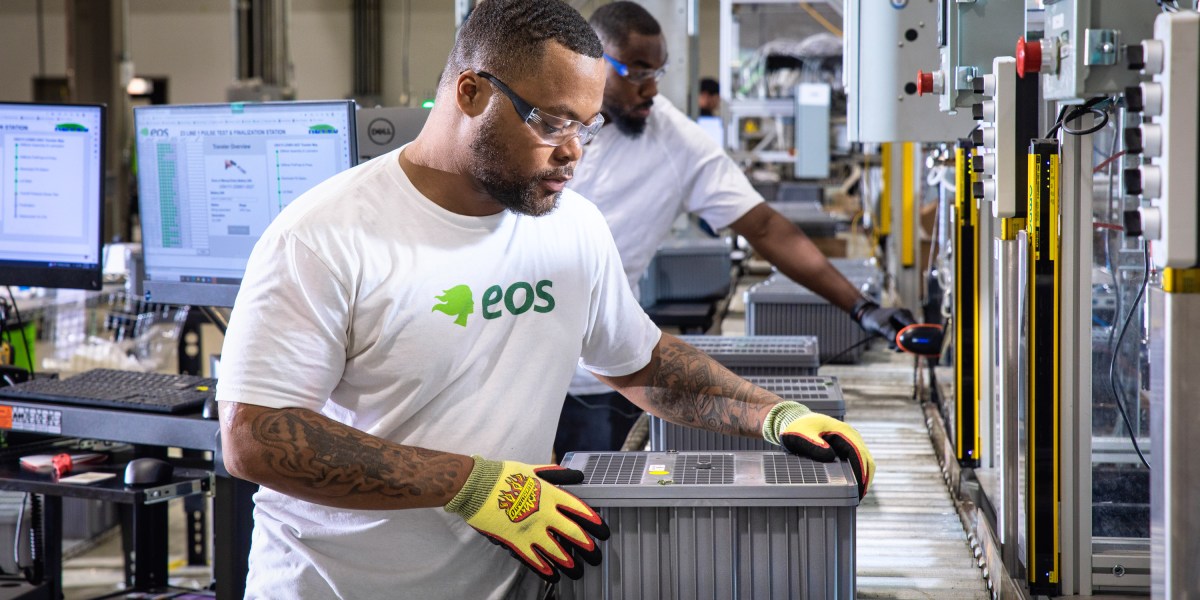Good lord that is a horrendous website on mobile.
for the first 2 seconds: that’s no bad… then all the pop ups came on
Thank you Firefox and pi-hole… (I’m like "what popups? What ads?)
Firefox+ublock seemed to take care of it for me. I had to refresh the page before I could scroll though
That reminds me… I may have turned off ublock a bit ago. Oops.
Had just 4 X-Buttons… could be worse. 🥸
One of those X’s was actually a Twitter logo. Fucking thing gets me all the time…
I remember when at my 2-4 grade school my teachers talked about “x-ing” out of programs and applications on a computer instead of closing. Something like this would be a surprise.
Yeah, it’s pretty fucking awful, even with ublock origin on Android. Found a better source:
If you disable javascript in ublock it is actually readable
LOL I have Ublock Origin so I don’t see the pop-ups but the website just freezes after 3 seconds of scrolling, and I have to leave. They’ve really ruined their site. 😆
I have custom DNS filtering on my iPhone and the website looks perfectly fine. No ads or anything.
That doesn’t mean the website isn’t garbage. It’s good to call out trash sites like this so that people will stop going there.
I just have Wipr (which is not a particularly good adblocker, it fails utterly at handling anti-adblocker sites), and it looks just fine on my phone too.
Meh it worked just fine for me in Firefox Android with UBlock Origin and NoScript.
“Think again, Jimmy. You see the firing pin in your gun was made out of, yep, zinc.”
“Come back, zinc! Come back!”
I wonder if it can be cheaper and better at scale than iron-air batteries. Those seem inexpensive to make, and can carry a large enough capacity if you put a whole lot of them in parallel with each other, and have a long lifetime. They’re just really heavy for their amount of energy density and fairly low current per cell, but that shouldn’t be a problem when building enough to be grid-scale.
At that point one can use Na/O2… Much higher energy released by redox reaction, much lighter
Looks promising, but not soon, I think.
Eli5? Don’t zinc batteries suck compared to lithium?
It depends on what you value. For performance and power density, nothing really beats lithium at the moment.
However, for grid-scale battery these parameters are not necessarily very important. What matters most is cost over the lifetime, and that’s wher zinc batteries could be useful. They have the potential to be much cheaper than the cheapest lithium batteries.
They do. They are just looking for cheap way to store energy. They don’t care if batteries are big, heavy and less efficient, they need something as cheap as possible for a range of use cases where cost is important.
Lithium is expensive. My bet is that, on the long term, sodium will be used for such use cases. But in practice decision must account for practical limitations, primarily supply chain
No. Move to bio-based supercapacitors that uses biopolymers.
No, move to naquadah reactors that use goa’uld metamaterials
electric car problem solved?
Energy density on these are woefully inadequate for cars, but that doesn’t matter for stationary storage which is what this is for.
I’m more interested in how they will troubleshoot and perform preventative maintenance to the battery, since halides are quite toxic.
First they need to see if they work and can be produced economically










